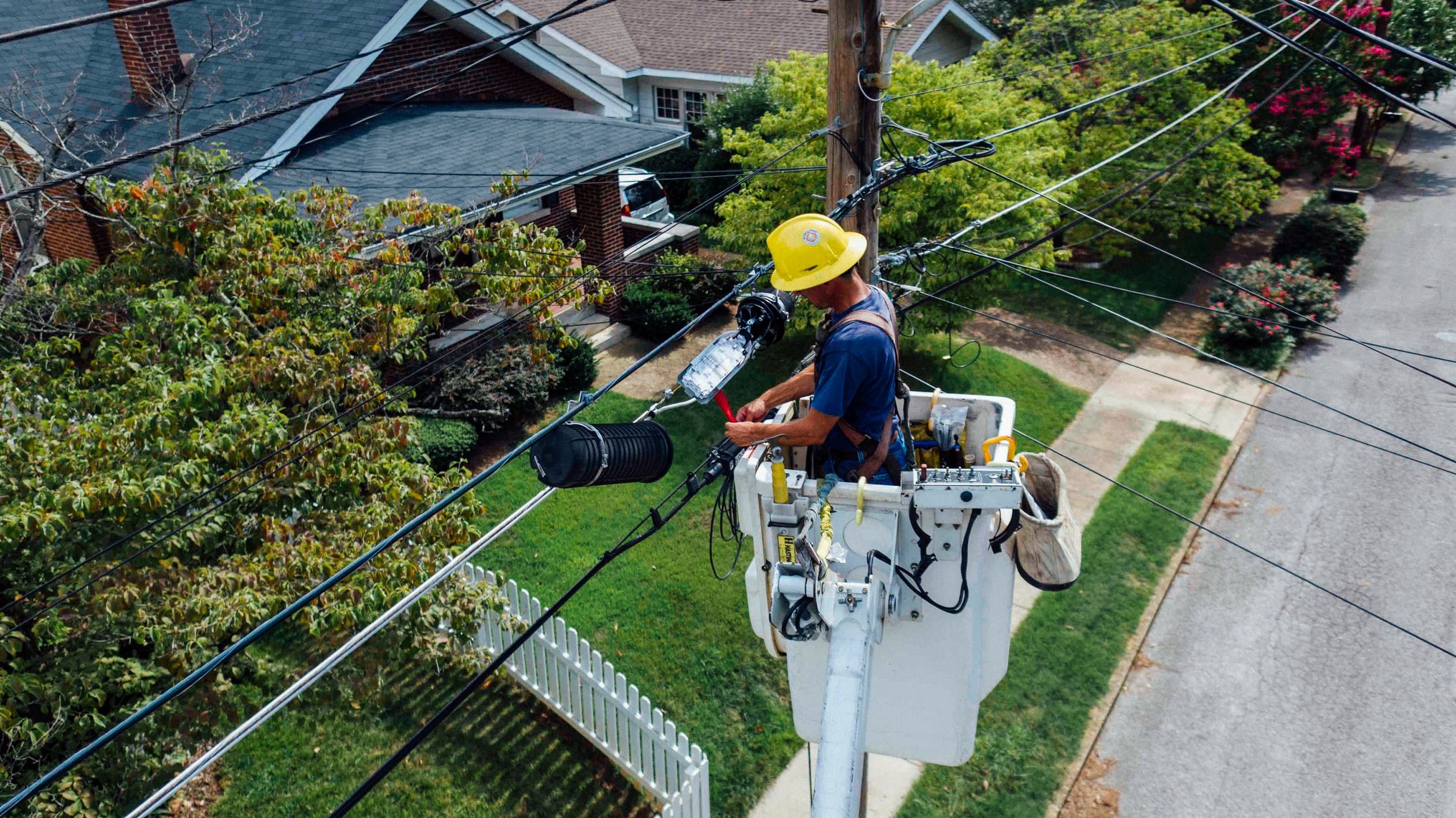Working with electricity is not something that one can take lightly. Even a seemingly minor electrical concern can cost a dangerous fire. It is a hazard that can cost lives and a significant amount of money when not handled properly. To prevent these misfortunes, all professionals in the electrical field must have the necessary technical education, and at least four years of mentorship experience to be a licensed electrician in Australia. They are also required to know and comply with all the regulations set by the country. Here are some of the guidelines to ensure proper handling, maintenance, and repair of electrical equipment:
Regulations for electrical wiring installation
Wiring installation is not an easy job. By hiring a competent 24 hour electrician in Aberfeldie, you can make it easy. The AS/NZS 3000:2018 handbook contains the national standard for the designing and construction of electrical installations. These installations include switchboards, cables, sockets, transformers, motors, and capacitors. It even has provisions for cooking and bathing appliances, lighting equipment, and gas installations which are commonly found in every home.
A considerable chunk in this document also focuses on protection against common problems in electrical work. Some of the safeguards that it mentions included protection against abnormal voltages like undervoltage and overvoltage. Furthermore, it provides a guide on which electrical equipment can be used for wiring purposes.
Regulations on construction and demolition venue
Working with electrical frameworks can be very tricky, especially if you are demolishing a building and constructing a new one. Electrical professions cannot merely cut off the wires. As such, the department in charge of providing guidelines has newly released AS/NZS 3012:2019 to comply with the National Construction Code.
It includes how to safely do excavation, dredging, earthmoving, and pipe-laying so that no harm will come to the already installed wires. Additional guidelines are given so that the electrical supply of the adjoining residences will not be interrupted by the on-going construction activity. Furthermore, this document mentions which pieces of equipment used in electrical work are transportable and portable so that everyone on the site will be safe when it is being used outside.
Regulations on inspection, testing, and tagging
Lastly, AS/NZS 3760: 2010 contains the regulation about testing, inspection, and tagging of electrical equipment. It has detailed guidelines on how to assess polarity, insulation resistance, and proper circuit connection. This document also provides instructions on how to operate residual current devices and test fault loop impedance.
Safety precautions
When working with electrical hazards, all professionals are required to wear proper clothing. Non-negotiable gear is insulated gloves, flame-resistant clothing, goggles, and non-conducting hard hats. It has also been inculcated to them since the first day of their training that they should only use industry-grade equipment. Their voltage tester, electric drill, and terminal block are considerable investments in their line of work, so they should always be well maintained.
Australia is a highly developed country that has strict codes when it comes to electrical concerns. These codes need to be adhered to, not just for legal reasons but also to ensure the public’s safety. Professionals are drilled with the information discussed above so that they can properly execute their job. If you are concerned about whether your residence or business is properly adhering to the guideline, do not hesitate to call an electrical professional to inspect your connection. They will be more than willing to make your home and working environment safe for you!
Author bio: Helen Harry is a freelance writer and a GOT fan. Apart from writing Technologies, she likes to read & write fiction. More than anything, she loves to spend her time with her family, explaining technologies to the elders.

